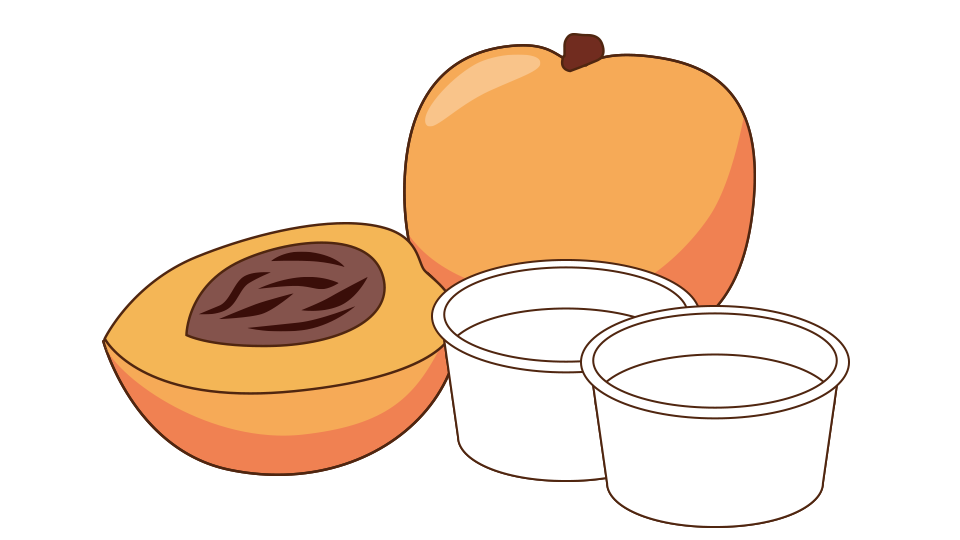About
Purpose
The purpose of this lesson is to introduce a new food to the children in your classroom. The more times children are exposed to new foods, the more likely they are to eat and enjoy these foods in the future.
Overview
In this lesson, children can taste test apricots.
Learning Objectives
- Children will describe the appearance, smell, and taste of an apricot.
Teaching Objectives
- Teachers will model healthy eating behavior by participating alongside the children.
Teaching Tips
- Children are more likely to try a new food if an adult models the behavior!
- Some children may not try the food at the first opportunity, so do not pressure them to try it as they are more likely to try it next time.

